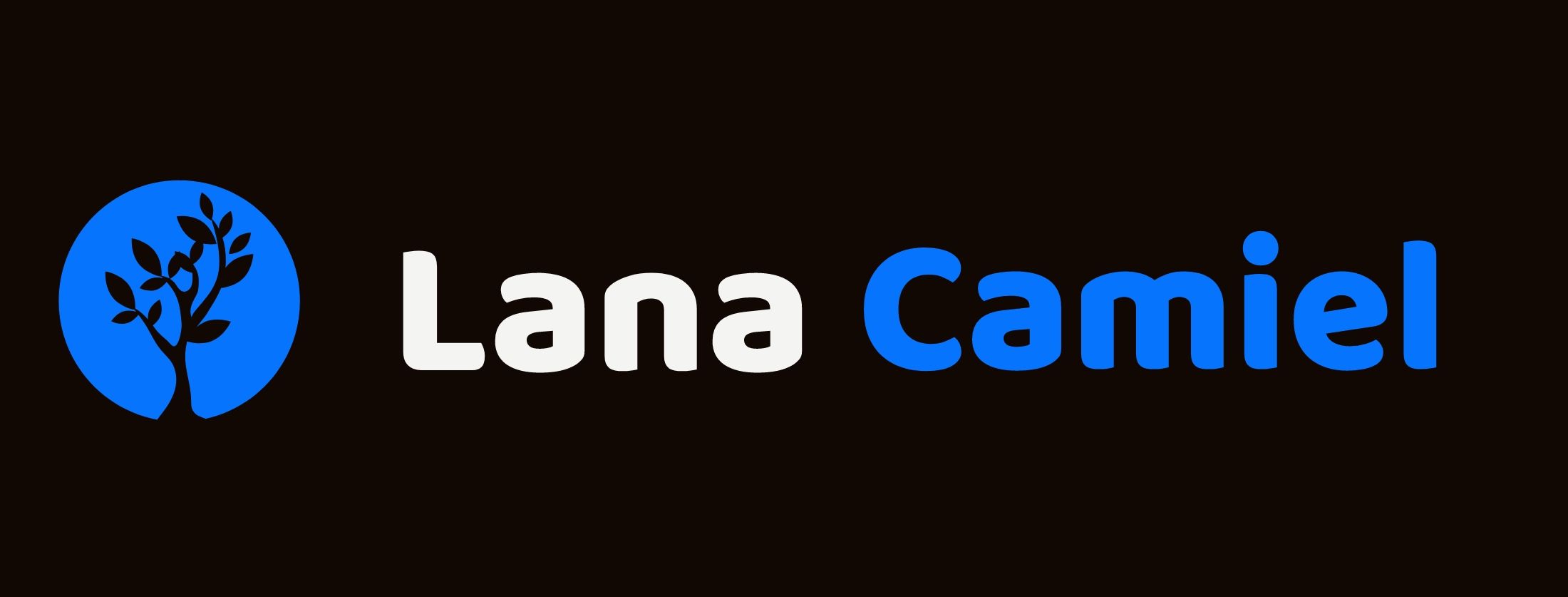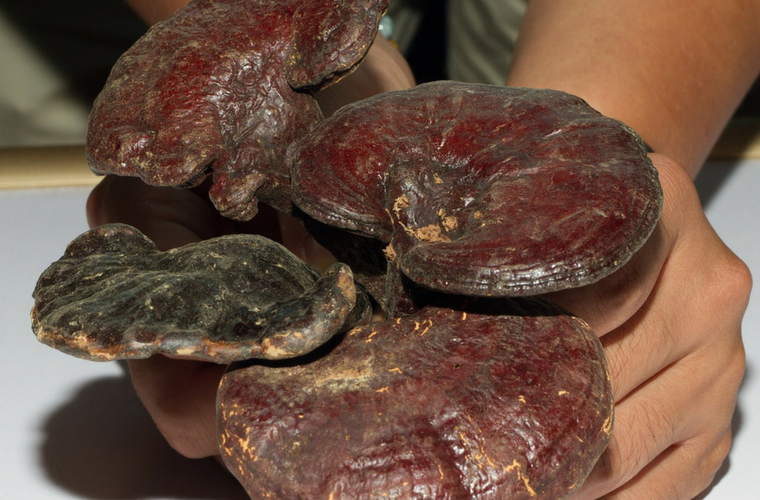Image courtesy of Pixabay/z290015071
This is a continuation of my love story with mushrooms.
Please check out part 1 to learn what role these amazing healing creations play in my life. I hope you’ll agree that we should be eating, growing, drying and preparing more mushrooms, whether to incorporate into our food or wellness routines.
Did you know that fungi create almost a quarter of biomass on this planet?
What we normally call mushrooms are actually fruiting bodies. Those appear when each fungus is ready to procreate and send its spores into the world. Underneath the soil, there is an intricate network of mycelium (roots of mushrooms) connecting these fruiting bodies.
Some of these networks can be as big as an entire state or a country. Researchers found a mycelium that lives beneath the soil of Michigan. It weighs 100 tons and more than 35 acres wide.
If an image of the Internet and its connections flashes in your mind as you read this, you are not wrong. Mycelium served as a prototype for our connectivity today and the virtual world we created.
But let’s return to mushrooms’ incredible ability to heal and prevent illnesses. Mushrooms have been used as medicine for over 5,000 years.
One of the reason for that, mushrooms are known for their ability to transform.
They are essential for healthy forest. Mycelium (mushroom root network) secretes numerous compounds that break down dead/decomposing organic matter converting it into nutrients for the soil and plants.
This ability to break down matter is connected to mushrooms’ medicinal effects in humans.
Mushrooms grow in moist environment where other pathogens can thrive well. Mushrooms have immune functions that are active and ready to protect them against the pathogens.
In part 1 we looked at about Shiitake, Maitake and Lion’s Mane.
Today let’s explore 3 more mushrooms – Reishi, Chaga and Cordyceps.
1. Reishi – Ganoderma lucidum
Reishi mushroom has a very rich history in China and Japan. This highly revered mushroom was called lingzhi or ‘spirit plant’. Other names include ‘mushroom of immortality’, ‘ten-thousand-year mushroom’. These might give you a hint of why Emperor Ti of the Chin Dynasty sent a fleet of ships to bring Reishi back to him. Reishi has been praised higher than ginseng (the most valuable plant in Chinese Materia Medica.)
It’s important to keep in mind that Reshi is not a culinary mushroom – it’s woody and bitter in taste. These qualities are typically dismissed, once you learn about the medicinal effects of Reishi.
I’ve learned of this mushroom as an immune amphoteric and a part of a treatment protocol for allergies, auto-immune diseases, HIV/AIDS and cancer. Reishi was explored in the research on skin cancer, radiation therapy, tumors, infections, coronary heart disease, hypertension, arthritis, muscular dystrophy and more.
2. Chaga – Inonotus obliquus
This mushroom that typically grows on birch trees. I think of this fungus as a tree’s band aid. You usually see it in places where the tree has been damaged.
Chaga is often recommended as one of the adjunct treatments for various types of cancers (breast, lung, stomach, skin, and more). Some research suggests that it might be used in treatment of diabetes, heart disease, tuberculosis and arthritis.
3. Cordyceps – Codyceps sinensis
Cordyceps comes to us from Tibet and is commonly known as Caterpillar fungus. I love this BBC video showing how Cordyceps grow.
This fungus is often discussed for its ability to increase energy and vitality. I learned about it as an immune system enhancer in patients with immunosuppression. The research on this fungus evaluated the benefits in atherosclerosis, chronic bronchitis, asthma, arrhythmias, diabetes, hepatitis, kidney failure/transplants, fatigue and erectile dysfunction.
Cordyceps is incredibly expensive. To avoid adulteration, it should only be purchased from reputable growers.
Both, Reishi and Chaga, have been used as antioxidant-rich coffee substitutes. One of my favorite products that uses Reishi is called Reishi Roast. It’s created by knowledgable herbalists that add additional herbs to the blend to make it balanced and tasty.
If you enjoy making soups or stews, adding dried mushrooms is a great idea. I put Chaga bought at the farmer’s’ market into my bone broth.
If this seem too cumbersome, feel free to get capsules or elixirs made with these mushrooms. Fungi Perfecti and their Host Defense line is my first recommendation for a reputable mushroom growers and manufacturers.
Questions: If you are a coffee drinker, would you consider giving a highly antioxidant mushroom blend a try? How could you incorporate mushrooms into your life?


